As renewable energy sources continue to expand, an increasing number of Oil and Gas/Petrochemical (O&G/P) industry companies are acknowledging and incorporating the crucial role of cutting-edge technology. This shift, when paired with initiatives to reduce production costs for oil and gas, ensures the industry remains competitive as a primary energy resource for US consumers and manufacturers.
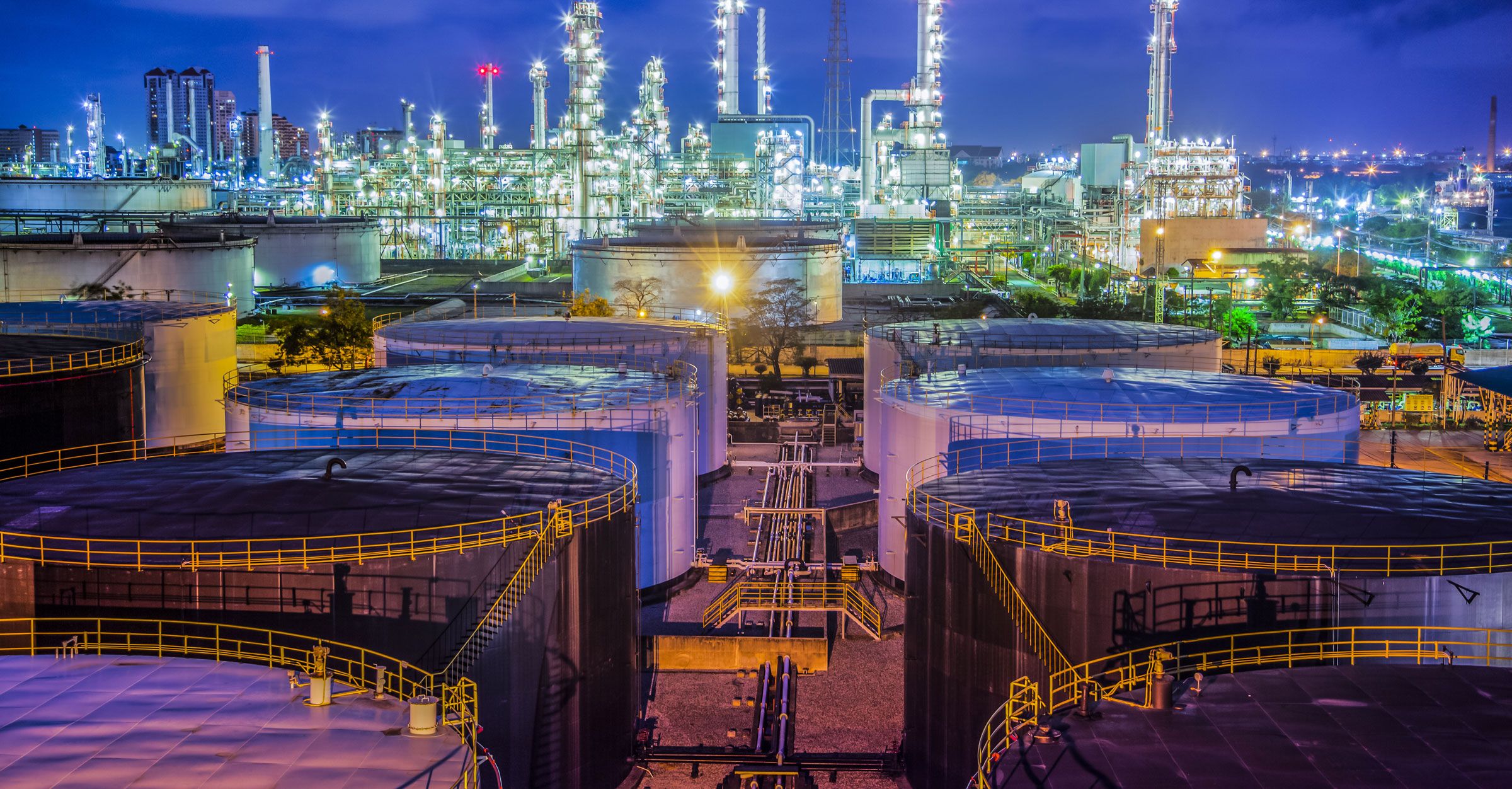
Like various sectors, the O&G/P industry is still bouncing back from the ripple effects of the global COVID-19 pandemic. The industry found itself unprepared for an entirely transformed landscape — flights grounded, public transit services drastically cut back, and personal vehicles idled throughout the United States.
However, the O&G/P industry has successfully navigated the turbulent waters of the past three years and emerged with a renewed determination to adopt advanced technologies. This proactive stance will facilitate more efficient, cost-effective, and safer production of oil, gas, and petrochemical products in the future. Let’s delve into some of these technologies and explore the benefits they bring to the industry, as well as gain an insight into the financial implications of investing in these innovative solutions.
O&G/P Industry to Invest Billions in Tech Transformation
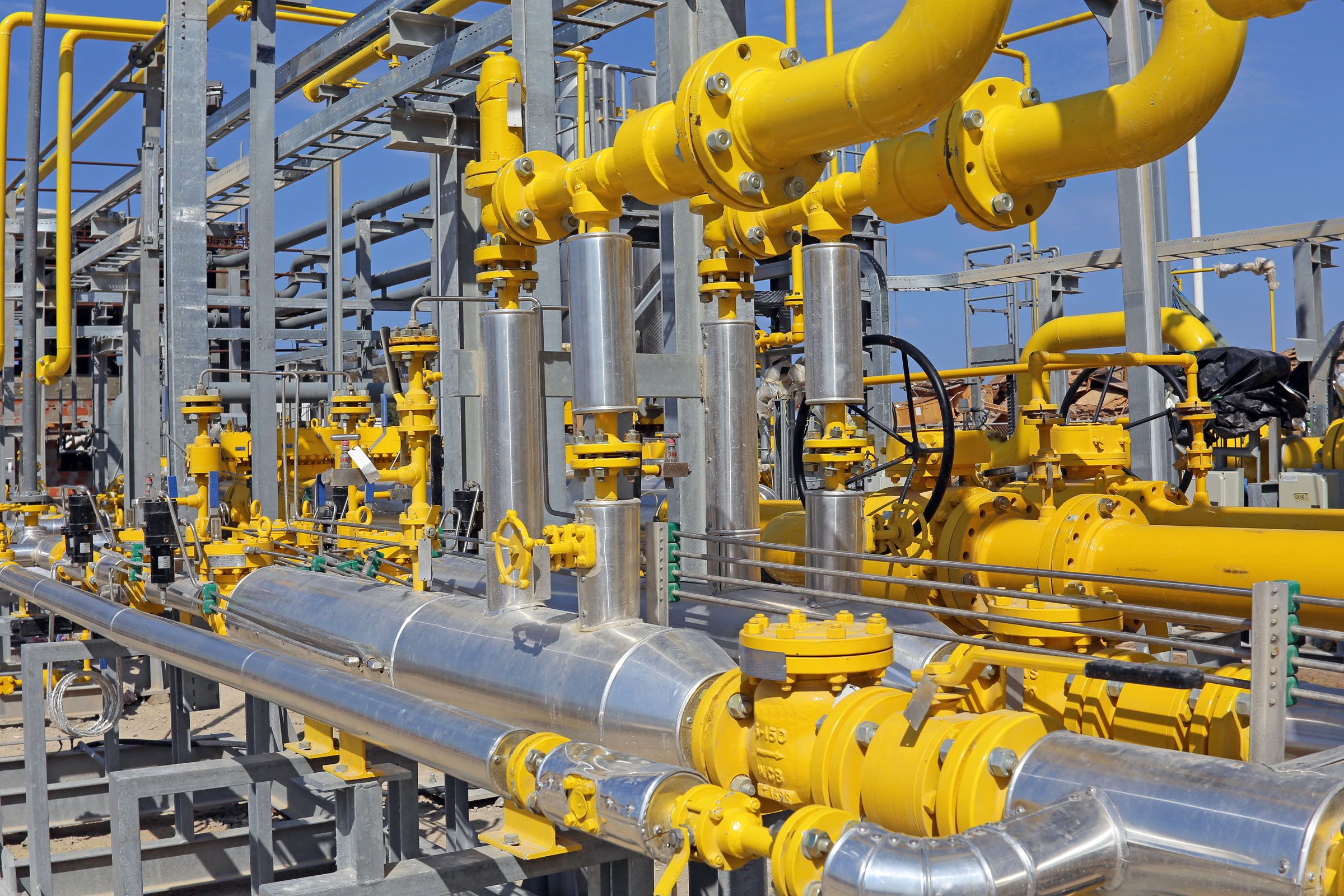
Projections suggest that the global Oil and Gas/Petrochemical (O&G/P) industry will allocate nearly $16 billion toward digital transformation by 2030’s close. This technological shift not only bolsters cyber security but also aids in maintaining safe operations and ensuring a sustainable high-production level.
Currently, and looking forward, the O&G/P industry is grappling with numerous operational and commercial challenges. These arise from mounting pressures to curtail emissions, fortify against cyber attacks, and uphold the reliability and safety of operations. In response to these challenges, it’s predicted that the industry will ramp up spending on security services by over 8 percent annually from 2023 to 2030.
By the conclusion of 2030, annual expenditure on security is anticipated to reach nearly $650 million. Furthermore, O&G/P industry companies are projected to invest over $5 billion in the Industrial Internet of Things (IIoT) to procure new equipment, software, and application platforms. Additionally, the industry’s expenditure on data analytics is projected to hover around $2 billion by the end of 2030.
Data Gathering and Analytics
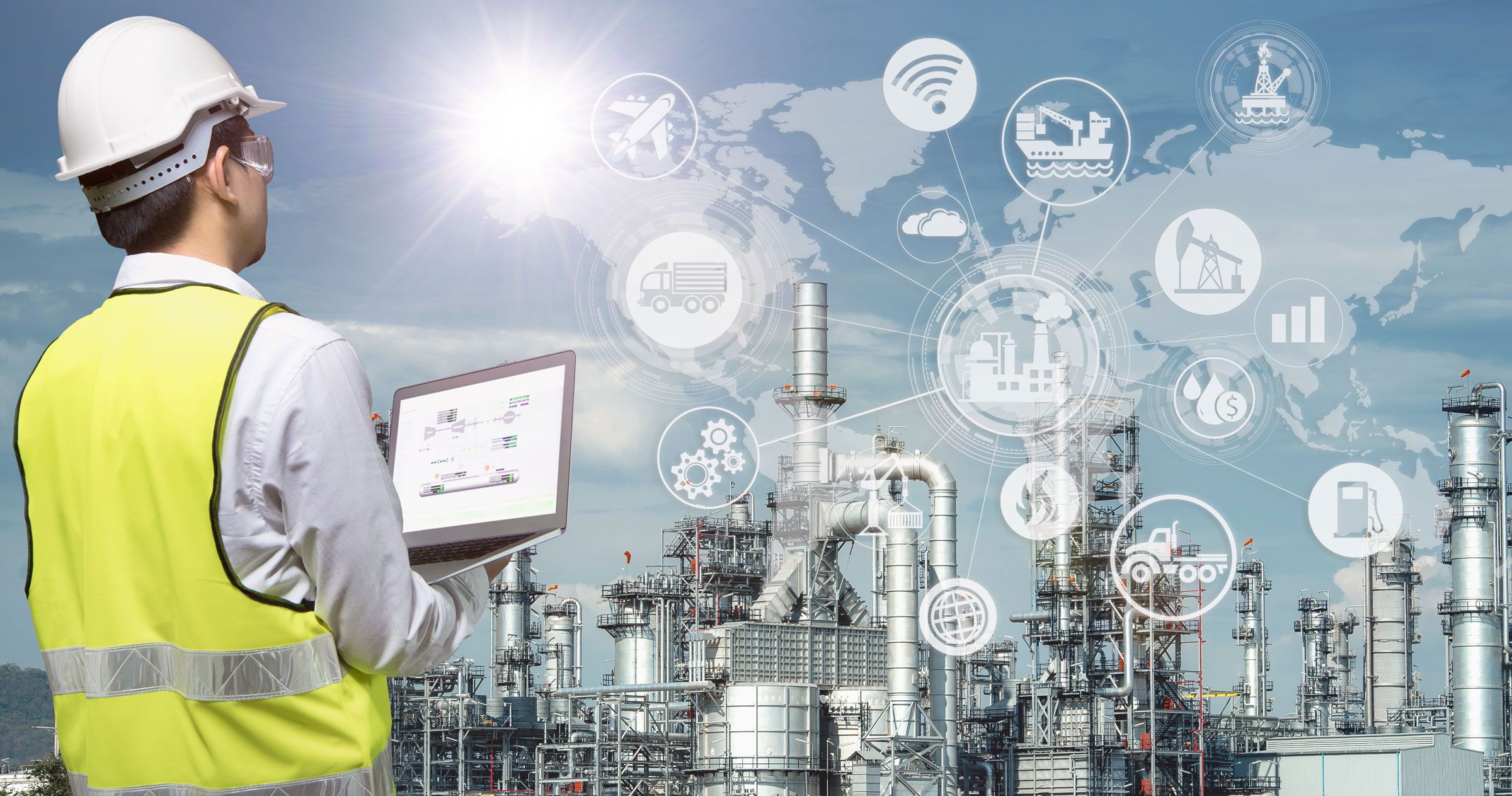
The Industrial Internet of Things (IIoT) is pivotal to fully unlocking the capabilities of automation and artificial intelligence (AI) in the O&G/P industry. The IIoT provides an arena to explore technologies and discover the best methodologies for your company. Through IIoT, companies can understand how to synergize the potential of various technologies and establish direct communication with technology consulting firms and manufacturers of all kinds.
The IIoT represents a growing network of physical devices interconnected through the internet, concentrating specifically on devices created for industrial applications. In the O&G/P sector, this includes technologies like sensors monitoring automated drilling rig performance.
Additionally, companies are capitalizing on IIoT to proactively monitor and detect potential failures before they escalate into critical situations. The advent of sensor-based safety equipment, including fire doors, self-sealing pipes, and automated valve shutoffs, helps reduce response times from minutes to seconds during an incident or emergency.
Instant Communications

Advanced communication technology in today’s world offers a plethora of avenues for management and employees in the Oil and Gas/Petrochemical (O&G/P) industry to interact. These technological tools enhance overall company communication, fortify incident and crisis response procedures, and bolster on-the-job safety for employees.
Numerous mediums, including text messages, emails, short message services, and mobile apps, enable the rapid and efficient alerting of response teams, affected personnel, and those in transit about an incident. Such technologies enable companies to communicate in seconds, thereby accelerating crisis management and safety procedures.
Benefits of Utilizing Cloud Storage
Increasingly, O&G/P industry companies are migrating their accumulated data to the cloud for streamlined storage. Data stored in the cloud can be accessed from any location 24/7, enabling companies to leverage it at any time. Besides, cloud computing offers substantial cost savings and security improvements compared to managing on-premise solutions. The cloud computing industry has experienced remarkable growth, with no signs of deceleration.
Companies in the O&G/P industry are also turning to cloud computing as it supports the adoption of other technologies poised to contribute to a larger digital transformation initiative. As the ideal platform for artificial intelligence (AI) and the Industrial Internet of Things (IIoT), cloud computing simplifies data utilization for companies, thereby enhancing their operational efficiency and security.
Enhancing Safety with Wearable Sensor Technology
Preventing workplace injuries and fatalities is a paramount concern for the Oil and Gas/Petrochemical (O&G/P) industry. To bolster employee safety, numerous companies have started integrating wearable sensor technology into their clothing, which is then connected to a broader sensor network used throughout the facility’s operation. This sensor network alerts employees to potential issues in advance.
These sensors can detect gas leaks, track employee locations, and even monitor vital health indicators like body temperature and heart rate. Consequently, they can expedite response time during safety incidents and help companies optimize their workforce’s efficiency during daily operations.
With the aid of wearables, employers in the O&G/P industry can constantly track the whereabouts of individual workforce members. This technology is becoming a crucial component in meeting safety standards and procedures for emergency response within the industry. Wearables enable real-time location awareness, thereby enhancing safety in hazardous environments, facilitating quicker incident responses, and increasing overall efficiency.

Augmented Reality and Virtual Reality Training
Some companies are also exploiting augmented reality (AR) and virtual reality (VR) to instruct employees on the operation of new equipment and procedures. This approach enhances employee safety by negating the potential risk of injury during training, while simultaneously reducing training time and costs.
AR and VR offer innovative solutions to training challenges, delivering immersive and interactive learning experiences. These technologies facilitate employees’ engagement in learning about the operation of new systems in a more comprehensible and effective manner.
Employing Automation and Robotics for Repetitive and Risky Tasks
Repetitive tasks, such as visual equipment checks before and during drilling operations, can be time-consuming and expensive. Faced with the tedium of these necessary tasks, operators may be tempted to cut corners to save time, potentially compromising safety and leading to injuries.

Today, more O&G/P industry companies are leaning towards automation, robotics, and electronic monitoring systems for hazardous or mundane tasks to decrease injury risks and enhance productivity. The use of robotics for 24-hour surveillance and maintenance has become increasingly common to ensure employee safety.
Control Products in the Oil & Gas Industry
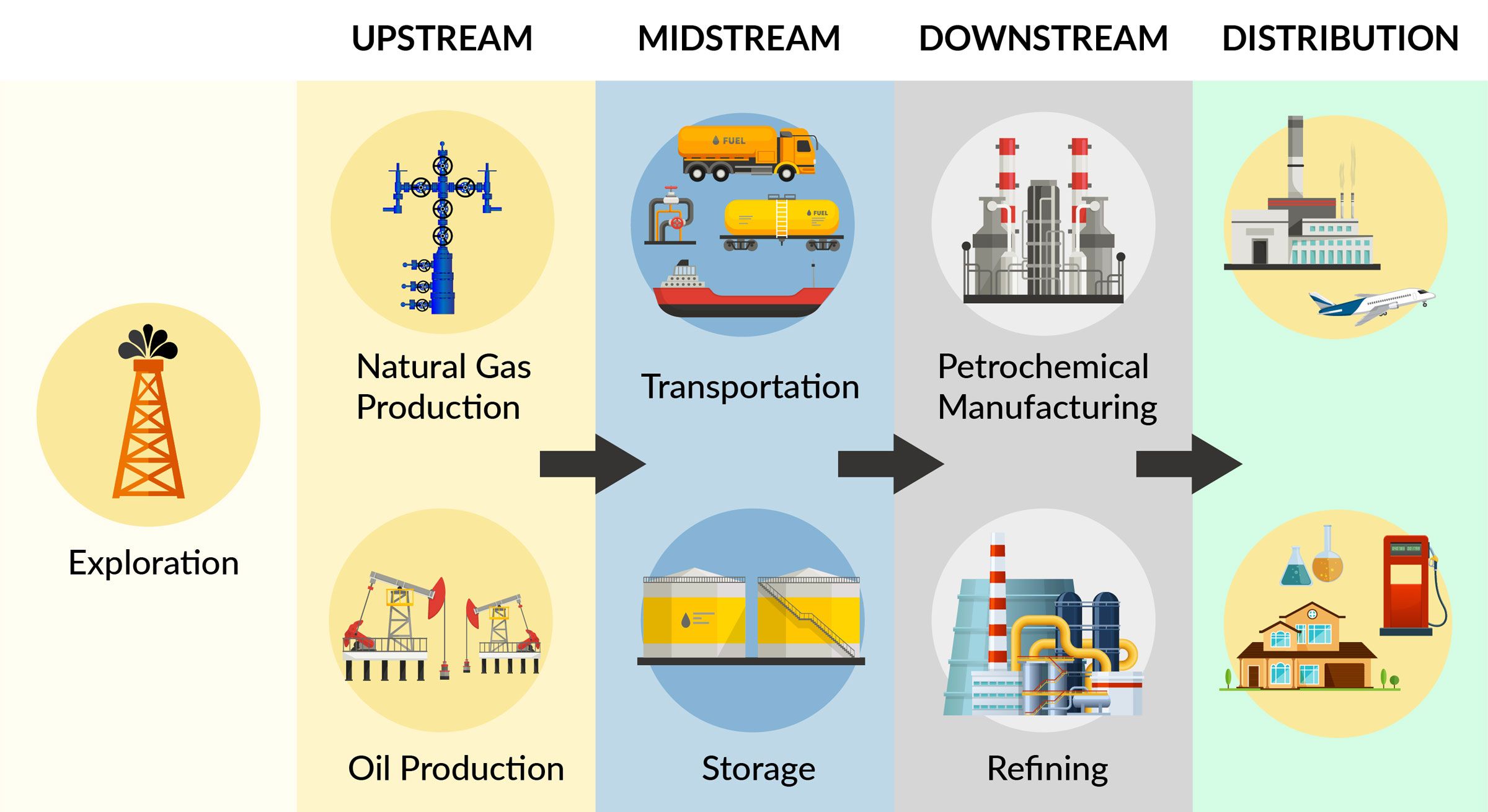
Oil and gas undergo three primary stages to transform from an energy resource in the earth to marketable products: Upstream, Midstream, and Downstream. Each of these stages involves electrical controls and control panels to safely carry out operations. These control systems are employed to oversee a range of processes, from drilling to planning the accurate transportation of crude, to refining operations for various products.
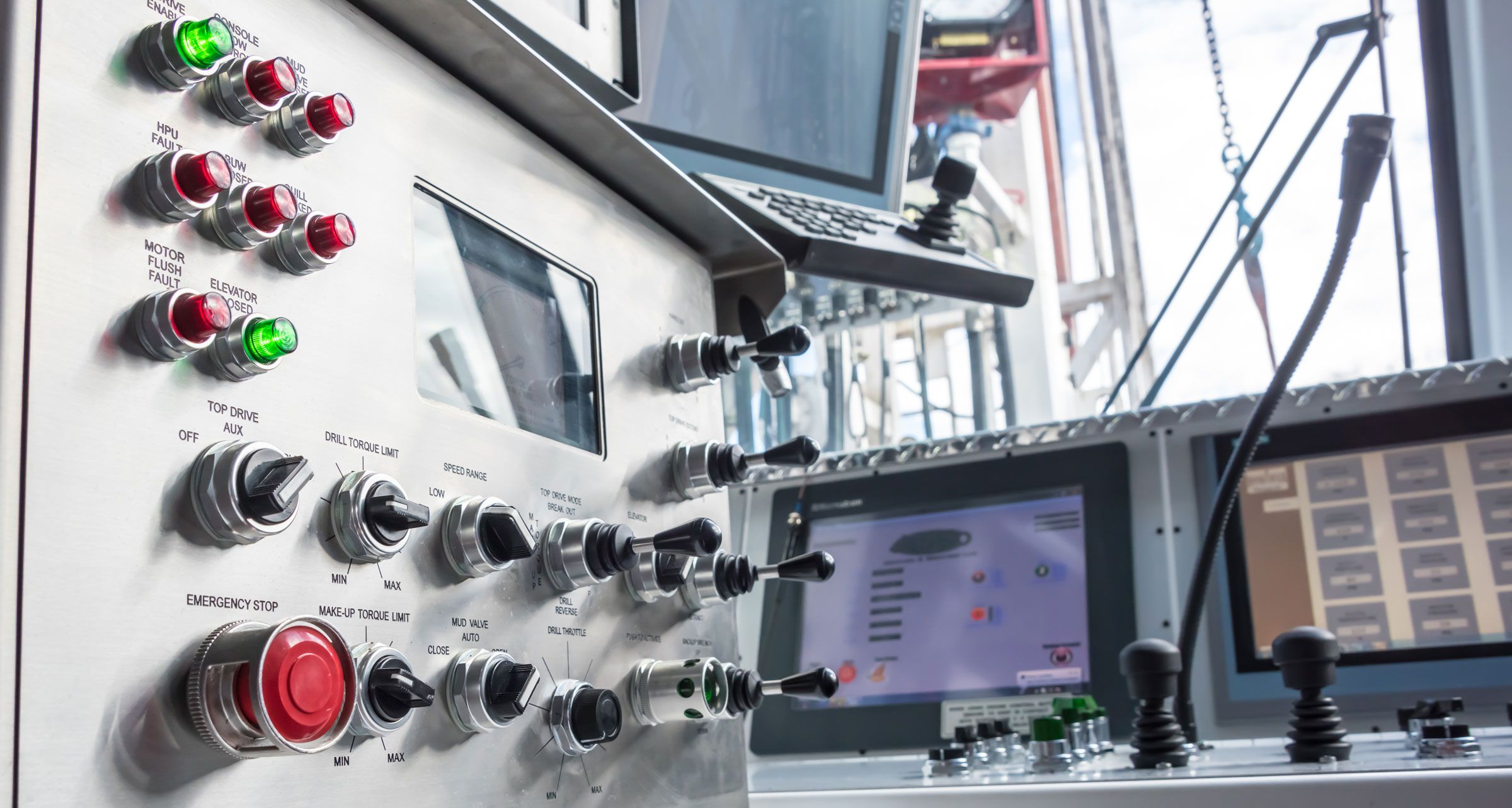
As the O&G/P industry moves forward, each production stage will require more sophisticated electrical controls to implement improvements. c3controls is prepared and equipped to support this evolving industry with top-tier electrical control products necessary for the production of gas, oil, and all types of petrochemical products.
c3controls products are used in every stage of the Oil & Gas industry –Upstream, Midstream and Downstream
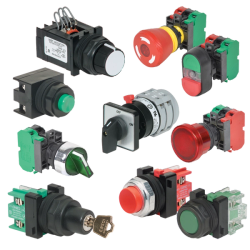
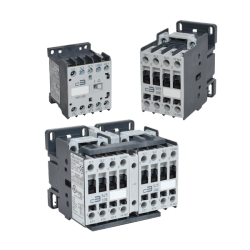
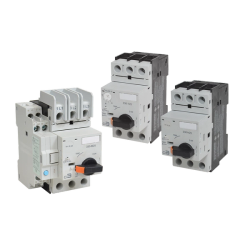
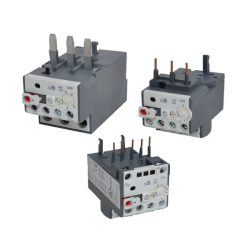
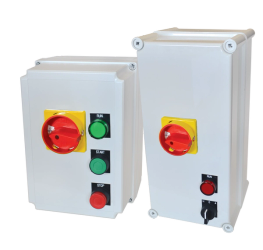
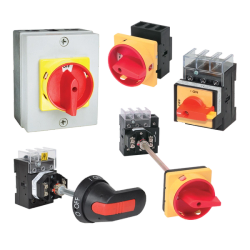


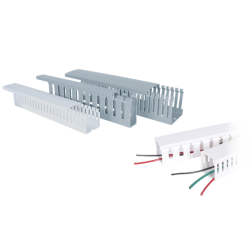
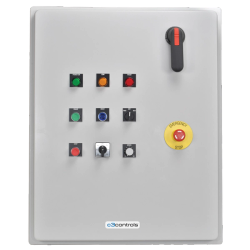
----------------------------------------
Disclaimer:
The content provided is intended solely for general information purposes and is provided with the understanding that the authors and publishers are not herein engaged in rendering engineering or other professional advice or services. The practice of engineering is driven by site-specific circumstances unique to each project. Consequently, any use of this information should be done only in consultation with a qualified and licensed professional who can take into account all relevant factors and desired outcomes. The information was posted with reasonable care and attention. However, it is possible that some information is incomplete, incorrect, or inapplicable to particular circumstances or conditions. We do not accept liability for direct or indirect losses resulting from using, relying or acting upon information in this article.
ISO 9001:2015
Certified
17+ Million Product
Configurations
Lifetime
Warranty
Guaranteed
Same-Day Shipping
Advantage Pricing
Save Up To 40%
c3controls Headquarters, USA
664 State Avenue
Beaver, PA 15009
